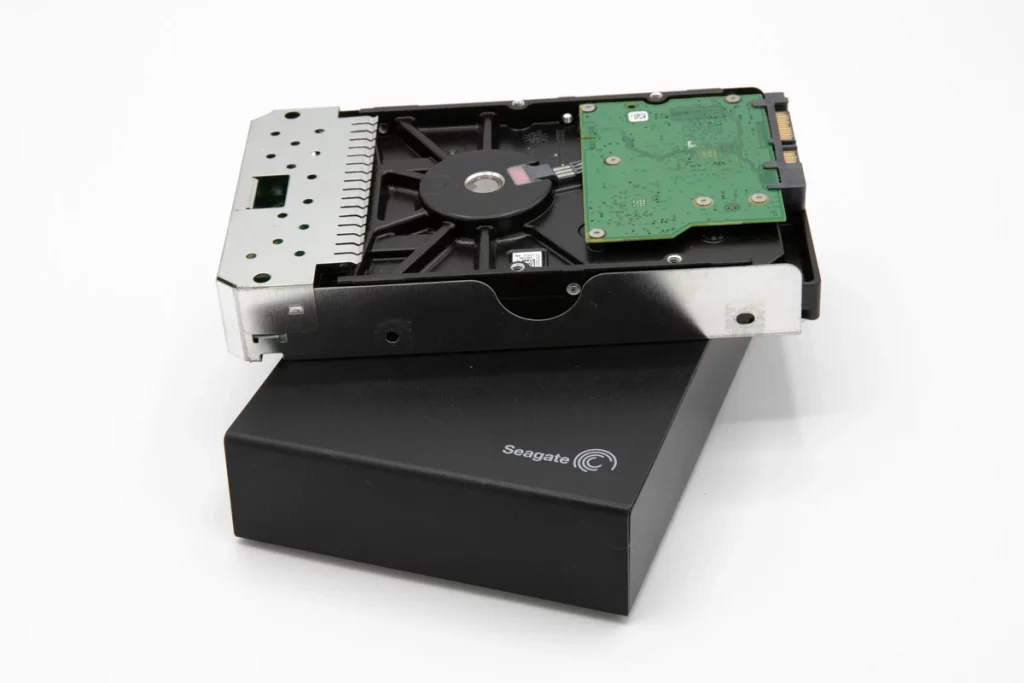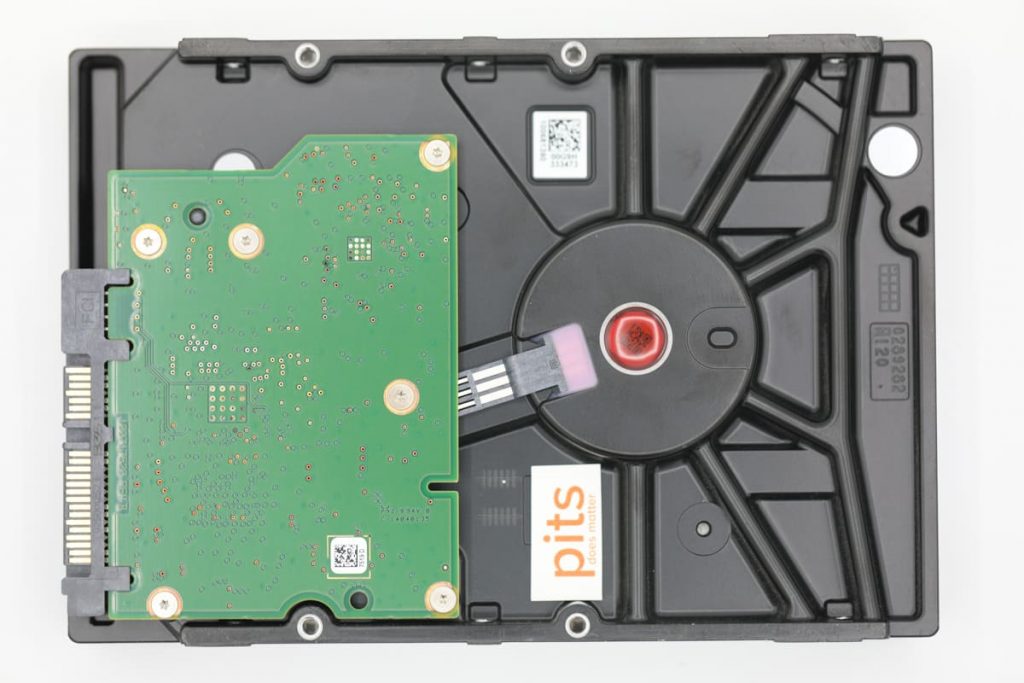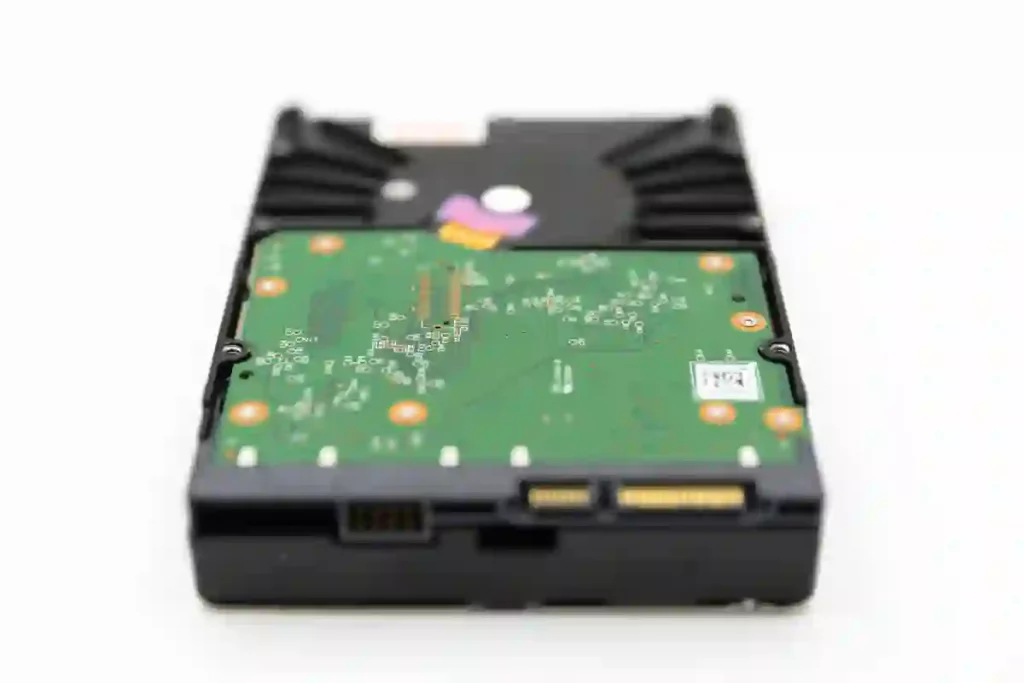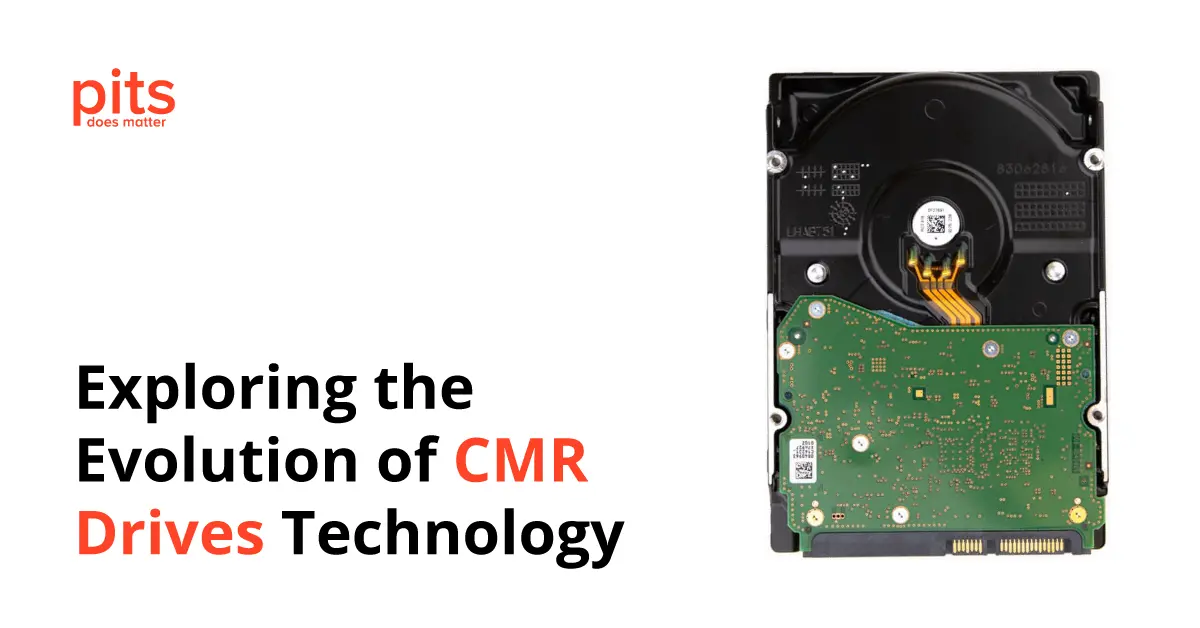As technology continues to advance at an astonishing pace, it is no surprise that the field of data storage is also undergoing significant transformations. One such breakthrough is the development of CMR drives, a propulsion technology that promises to shape the future of data storage. In this blog post, we will explore the concept of CMR drives, understand how they work, and discuss their advantages and disadvantages. We will also compare CMR drives to SMR drives to provide a comprehensive understanding of their capabilities.
Understanding CMR Drive
CMR, or Conventional Magnetic Recording, is a data storage technology that has been widely adopted for many years. CMR drives are designed to store and retrieve large amounts of data efficiently. They rely on the principle of perpendicular magnetic recording (PMR), where magnetic particles are aligned vertically on the disk’s surface using a write head.
A CMR drive is a type of data storage device that uses conventional magnetic recording technology. These drives store data by magnetizing tiny regions on the disk’s surface. As data is written, the write head aligns the magnetic particles vertically, allowing for precise and reliable data storage.
The working principle of CMR drives is relatively straightforward. When data is written, the write head generates a magnetic field that magnetizes specific regions of the disk surface, representing the data. To read the data, the read head detects the magnetic fields and converts them into usable information. This process enables efficient storage and retrieval of data on CMR drives.
Advantages of CMR Drive
CMR drives, based on conventional magnetic recording technology, offer several key advantages that make them a compelling choice for data storage. Let’s explore some of the notable benefits of CMR drives:
- Higher Storage Capacities: CMR hard drives excel in providing high storage capacities, making them ideal for organizations and individuals with substantial data storage needs. As technology advances, CMR drives continue to evolve, enabling the storage of larger amounts of data on a single drive. This high capacity allows for efficient data consolidation and scalability.

- Faster Access Times: CMR drives facilitate faster data access compared to many other storage technologies. The perpendicular write head used in CMR drives enables quick retrieval of data, reducing idle time and improving overall system performance. This advantage is particularly crucial for applications that require rapid data access, such as databases, virtualization environments, and high-demand computing.
- Reliable Performance: CMR drives have a long-standing track record of reliability. With their well-established technology, CMR drives offer a stable and dependable solution for storing critical data. The robustness of CMR drives makes them suitable for applications that demand continuous and uninterrupted access to data.
- Cost-Effectiveness: CMR drives offer a cost-effective solution for data storage. Compared to alternative technologies like solid-state drives (SSDs), CMR drives provide a higher storage capacity at a more affordable price per gigabyte. This advantage makes CMR drives an attractive choice for budget-conscious individuals and organizations that prioritize cost efficiency without compromising on performance and reliability.
Disadvantages of CMR Drive
While CMR drives offer many advantages, it is important to consider their limitations and potential disadvantages. Here are some of the key drawbacks associated with CMR drives:
- Limited Storage Density: Compared to alternative technologies like Shingled Magnetic Recording (SMR), CMR drives have a relatively lower storage density. SMR drives achieve higher densities by overlapping tracks on the disk, which allows for greater storage capacity. In contrast, CMR drives have a fixed track width, limiting their overall storage density potential.
- Slower Write Speeds: CMR drives may experience slower write speeds compared to other storage technologies. This is primarily due to the need for precise alignment of magnetic particles using the write head. As data densities increase, the time required for writing data can become a bottleneck, impacting overall system performance.
- Complex Data Management: CMR drives do not support the shingled approach used in SMR drives, which allows for efficient use of space by overlapping tracks. Consequently, managing data on CMR drives may require more complex and sophisticated algorithms to ensure optimal storage utilization and prevent data fragmentation.
- Higher Power Consumption: CMR drives typically consume more power compared to other storage technologies, such as solid-state drives (SSDs). The mechanical components involved in reading and writing data, such as the spinning disks and moving read/write heads, contribute to increased power requirements. This higher power consumption can impact energy efficiency and increase operational costs, particularly in large-scale data centers.

CMR vs. SMR
When comparing CMR drives to SMR drives, it is important to consider their respective strengths and weaknesses:
- CMR Drives: CMR drives excel in providing faster access times and simpler data management. They are ideal for applications that require frequent data modification as the writing process does not interfere with adjacent tracks. CMR drives are a reliable choice for high-demand computing environments.
- SMR Drives: SMR drives offer higher storage capacities due to the overlapping of tracks on the disk. They are well-suited for scenarios that involve storing large amounts of data with minimal write access. However, SMR drives may experience slower write speeds and increased complexity in data management.
The Future of Propulsion Technology
CMR drives represent a significant leap forward in data storage technology. With their higher capacities, faster access times, and reliable performance, CMR drives are poised to shape the future of propulsion technology. While SMR drives may have their niche applications, CMR drives offer a well-rounded solution for a wide range of data storage needs.

As the world becomes increasingly dependent on data, CMR drives pave the way for higher storage capacities and improved access times. The ongoing advancements in CMR technology ensure that it will continue to evolve and drive innovation in the field of data storage. In the coming years, CMR drives are expected to play a crucial role in meeting the growing demands of data-intensive applications, establishing themselves as the future of propulsion technology.
Data Recovery Services for CMR Drives
PITS Global Data Recovery Services is a well-established organization that provides dependable data recovery solutions for both CMR and SMR drives. With a team of skilled technicians and advanced tools, we specialize in retrieving data from challenging and intricate situations.
Our team comprises highly trained engineers who possess the expertise and resources required to effectively handle various data loss scenarios. Whether your drive has encountered physical damage, mechanical problems, or logical errors, our committed team is fully prepared to offer the assistance you need.
Benefits of Our Using Services:
At PITS Global Data Recovery Services, we understand the significance of your hard drive data and the potential impact of data loss on your personal and professional endeavors. To address this, we offer prompt and dependable data recovery services for both CMR and SMR drives. Our dedicated team works tirelessly around the clock to ensure the swift and efficient recovery of your valuable data.
If you experience data loss on your CMR or SMR drive, don’t hesitate to reach out to PITS Global Data Recovery Services immediately. We will collaborate closely with you to develop a personalized data recovery plan that aligns with your specific needs and preferences.
Frequently Asked Questions
What is a CMR drive?
A CMR drive, also known as Conventional Magnetic Recording drive, is a type of data storage technology that utilizes perpendicular magnetic recording to store data on hard disk drives (HDDs). It has been the standard technology used in HDDs for many years.
Can CMR drives be used in all applications?
CMR drives are suitable for a wide range of applications, including general-purpose computing, enterprise storage, and personal data storage. However, for applications that require extremely high storage capacities, such as large-scale data centers or cloud storage, other technologies like SMR drives may be more appropriate due to their higher storage densities. The choice of the drive technology depends on the specific requirements and workload characteristics of the application.
How does a CMR drive work?
In a CMR drive, data is stored on the magnetic surface of the hard disk using magnetic fields. The drive uses a write head to magnetize the surface, representing data as individual magnetic domains. When reading data, the read head detects the magnetic fields and converts them back into usable data.
What are the advantages of CMR drives?
CMR drives offer several advantages. They provide faster write speeds compared to other technologies, making them suitable for applications that require frequent data modifications. CMR drives also have compatibility with existing infrastructure, making them an easy upgrade option. Additionally, CMR drives are reliable, offer predictable performance, and support random access patterns efficiently.
Are there any disadvantages to CMR drives?
One disadvantage of CMR drives is their lower storage capacity compared to newer technologies like SMR (Shingled Magnetic Recording). CMR drives cannot achieve the same level of storage density as SMR drives due to their non-overlapping track structure. Additionally, CMR drives may have limitations in terms of the maximum storage capacity they can provide.
Request Help
"*" indicates required fields
